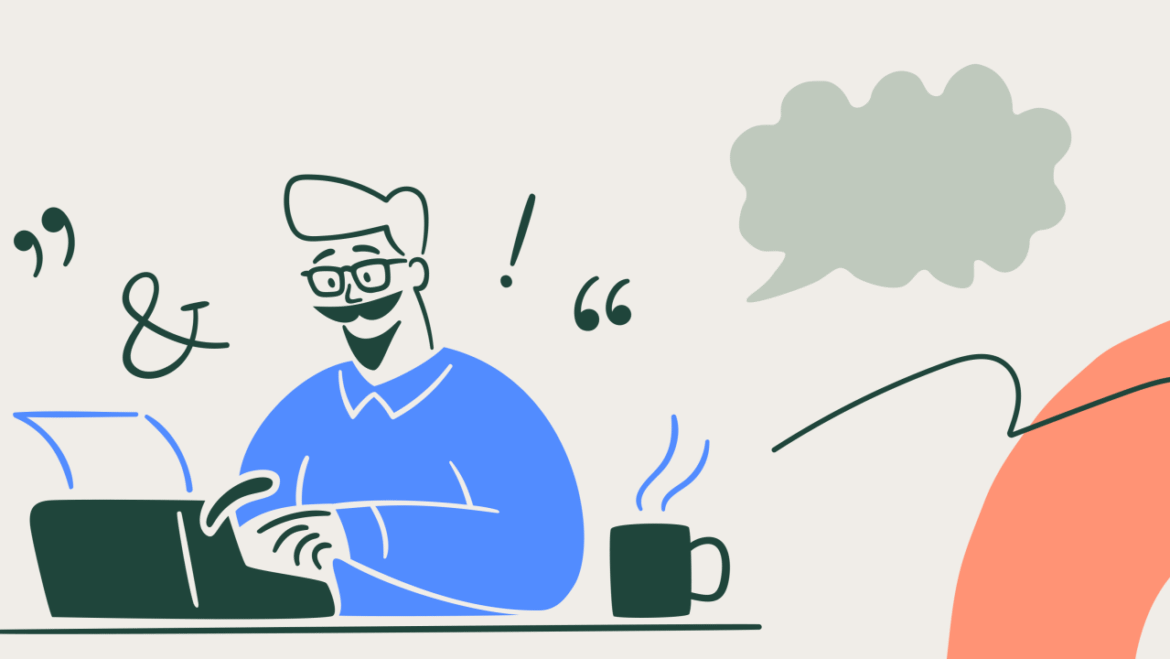In the ever-evolving world of technology, web designing has emerged as more than just a tool for building websites. It is now a dynamic form of digital storytelling—a medium where visuals, motion, interaction, and emotion collide to create a lasting digital experience.
This article isn’t just about grids, code, or color palettes. It’s about the soul of a website. The silent conversation between a page and its visitor. Let’s strip away the technical jargon and step into the designer’s shoes—where imagination meets structure and every pixel has a purpose.
The Website Is a Stage. The User Is the Audience.
Imagine walking into a theater. The lights dim. The curtain lifts. The story begins.
A website should do the same. The homepage is your prologue. The navigation is your script. The scroll is your performance. It should grip users from the first glance and guide them smoothly, intuitively, through a narrative crafted with intention.
Too often, web design is treated like furniture arrangement—just laying things out in neat blocks. But the great websites? They are performances, living experiences that surprise, soothe, excite, and guide.
Designing with Emotion, Not Just Function
Yes, web design must be usable. But function alone is not enough.
Design with emotion.
- A startup homepage should feel bold and ambitious.
- A charity site should whisper empathy and hope.
- A luxury brand should glow with elegance and restraint.
Color, typeface, animation, whitespace—they’re your emotional instruments. Every shade of blue or choice of font tells a subtle story. Designers who understand this don’t just build websites. They stage feelings.
Movement That Breathes, Not Distracts
Motion is often misused in web design. We’ve all seen it—auto-playing videos, spinning logos, popups screaming for attention. But when done right, motion is the heartbeat of design.
Think:
- A button that gently pulses, inviting a click.
- A background image that subtly shifts, like breathing.
- A loading bar that morphs into a story teaser.
Motion should guide attention, not steal it. The best designers choreograph it like dance—fluid, purposeful, and never overdone.
The Power of Soundless Dialogue
Here’s a little-known truth: your website speaks without saying a word.
A visitor instinctively feels a site within seconds. That first impression forms silently—but it’s powerful. This is the soundless dialogue—the atmosphere your site emits:
- Do I feel welcome here?
- Is this brand professional?
- Can I trust this product?
- Am I excited to scroll further?
Great design answers these questions not with popups or paragraphs, but with presence. Typography choices, content hierarchy, color psychology—all silently shaping trust.
Designing for the Unseen Moments

Most websites focus on the big moments—the homepage, the product pages, the call to action. But the magic is often in the invisible zones:
- The “404 Not Found” page that offers a clever message instead of frustration.
- The hover states that add delight when a user explores.
- The error messages that are helpful, not robotic.
- The transitions between sections that are so smooth, they’re felt but not noticed.
These small interactions are where users feel a designer’s attention. They’re like whispered details in a novel that only the careful reader notices—and they make all the difference.
Websites as Living Organisms
In the past, websites were static structures—built once, left untouched for months or years.
But today, a website is a living organism. It breathes data. It adapts. It learns.
Designing a website in 2025 means designing something flexible, updatable, and intelligent.
- A site should change based on device, location, or even user behavior.
- It should evolve with trends while staying rooted in brand identity.
- It should be scalable—ready to grow as businesses or ideas expand.
Modern designers aren’t just artists or coders. They’re digital gardeners—planting structures that grow and bloom with time.
Accessibility: Designing for All Eyes, Hands, and Minds
What good is a beautiful website if not everyone can use it?
Accessible design is not an afterthought—it’s the foundation. It means:
- High contrast for readability
- Clear labels for screen readers
- Keyboard-friendly navigation
- Motion control for users with sensory sensitivity
Designing for inclusivity is not just ethical—it’s powerful. It deepens your impact and opens your digital space to every visitor.
Where Code Meets Poetry
Web designers live in a world where code meets creativity. Where HTML tags create rhythm. Where CSS breathes elegance. Where JavaScript adds spark.
Each site is a canvas. Each line of code, a stroke. Each user interaction, a stanza.
Great designers don’t just make things “look good.” They compose experiences. They use digital tools to craft human moments—ones that resonate, stick, and move people.
Final Thought: Design Like No One’s Watching… But Everyone Is
The best web design doesn’t try to impress. It doesn’t scream. It doesn’t force.
It whispers.
It invites.
It unfolds, page by page, like a quiet journey through a familiar city you never knew existed.
So if you’re a designer—or hiring one—ask this question:
Does your website just look good, or does it feel alive?
Because in the world of pixels and scrolls, it’s not enough to exist. You must connect.
